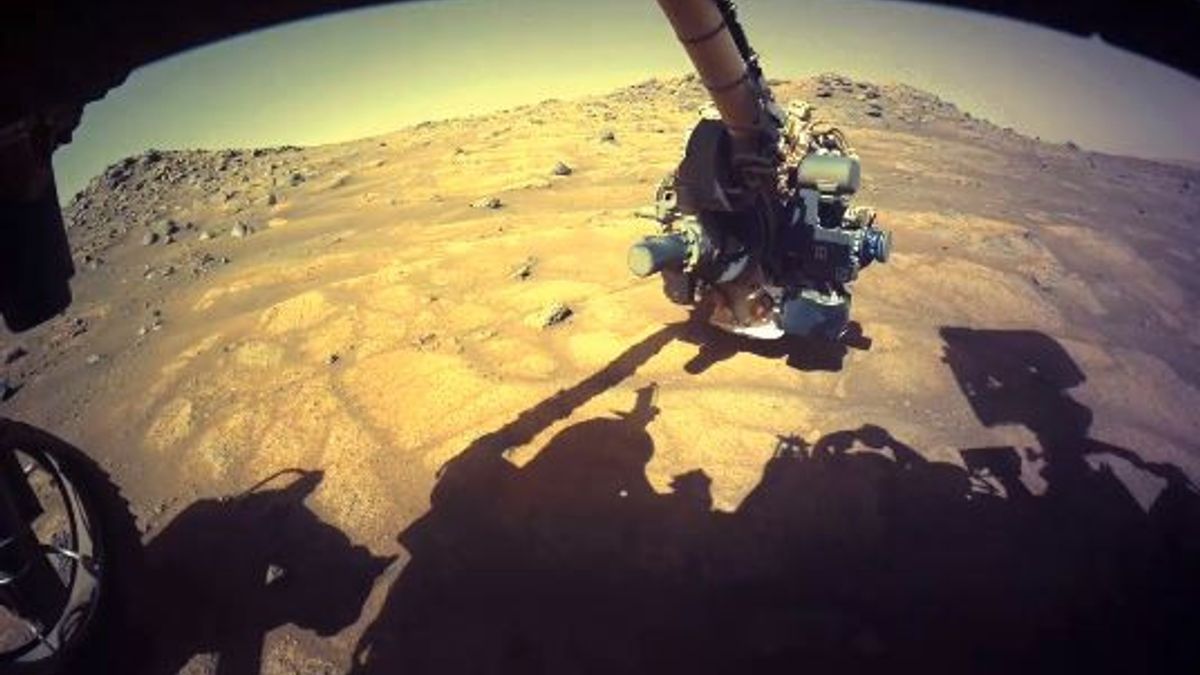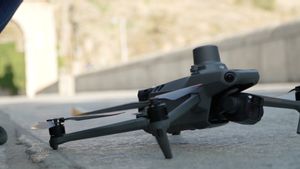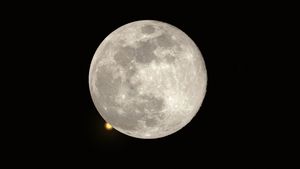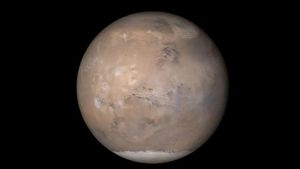JAKARTA – NASA's Mars rover, Perseverance, has begun its hunt for evidence of ancient microbial life on the planet. The spacecraft, which landed on the red planet in February, has tested various instruments on the 7-foot-tall robotic arm.
In a release Monday, July 19, NASA said that Perseverance had begun its investigation of Martian rocks and sediments. Also, tested the detector and caught his first science reading.
The rover will use X-rays and ultraviolet light to examine the rock in addition to zooming in "close-ups" of the surface.
The agency said Perseverance's PIXL (Planetary Instrument for X-ray Lithochemistry) - an X-ray instrument - had shown "very strong science results" during its testing. This includes determining the composition of Martian dust adhering to a small calibration target above Perseverance.
Up ahead: the target spot where I plan to collect my first-ever sample of Martian rock. I have everything I need with me to get the job done. First is to collect detailed, close-up science of the rock, then comes the coring.
Why and how I’ll sample here: https://t.co/MYw9RoDbGj pic.twitter.com/EPHJVmJH6n
— NASA's Perseverance Mars Rover (@NASAPersevere) July 21, 2021
"We got the best compositional analysis of Martian dust before even looking at rock," said Abigail Allwood, PIXL principal investigator at NASA's Jet Propulsion Laboratory.
Detailed searches are continuing in the area around Jezero Crater, a NASA early landing site and crater lake billions of years ago.
また読む:
The robot works with a SHERLOC (Scanning Habitable Environments with Raman & Luminescence for Organics and Chemicals) spectrometer, which uses an ultraviolet laser to map mineralogy and organic compounds. The robot is also equipped with a WATSON camera (Wide Angle Topographic Sensor for Operations and Engineering). NASA scientists also combined map minerals from the three instruments.
The Perseverance Mars rover took a close-up of this rock target dubbed "Foux" using the WATSON camera on the end of the rover's robotic arm. The image was taken on July 11, 2021, the 139th day, on Mars, of the mission.

According to NASA, preliminary images from WATSON have provided data from the Martian rock, including information about color, grain size, and the presence of "cement" between the grains.
Finally, the Perseverance rover will collect and store stones and regolith to be returned on a joint mission with the ESA (European Space Agency).
However, any geological insight discovered prior to that would be crucial for understanding the crater's history and "putting indications of possible life in context."
"Mars 2020, in my view, is the best opportunity we will have in our lives to answer that question," said Kenneth Williford, deputy project scientist for Perseverance.
The English, Chinese, Japanese, Arabic, and French versions are automatically generated by the AI. So there may still be inaccuracies in translating, please always see Indonesian as our main language. (system supported by DigitalSiber.id)


















